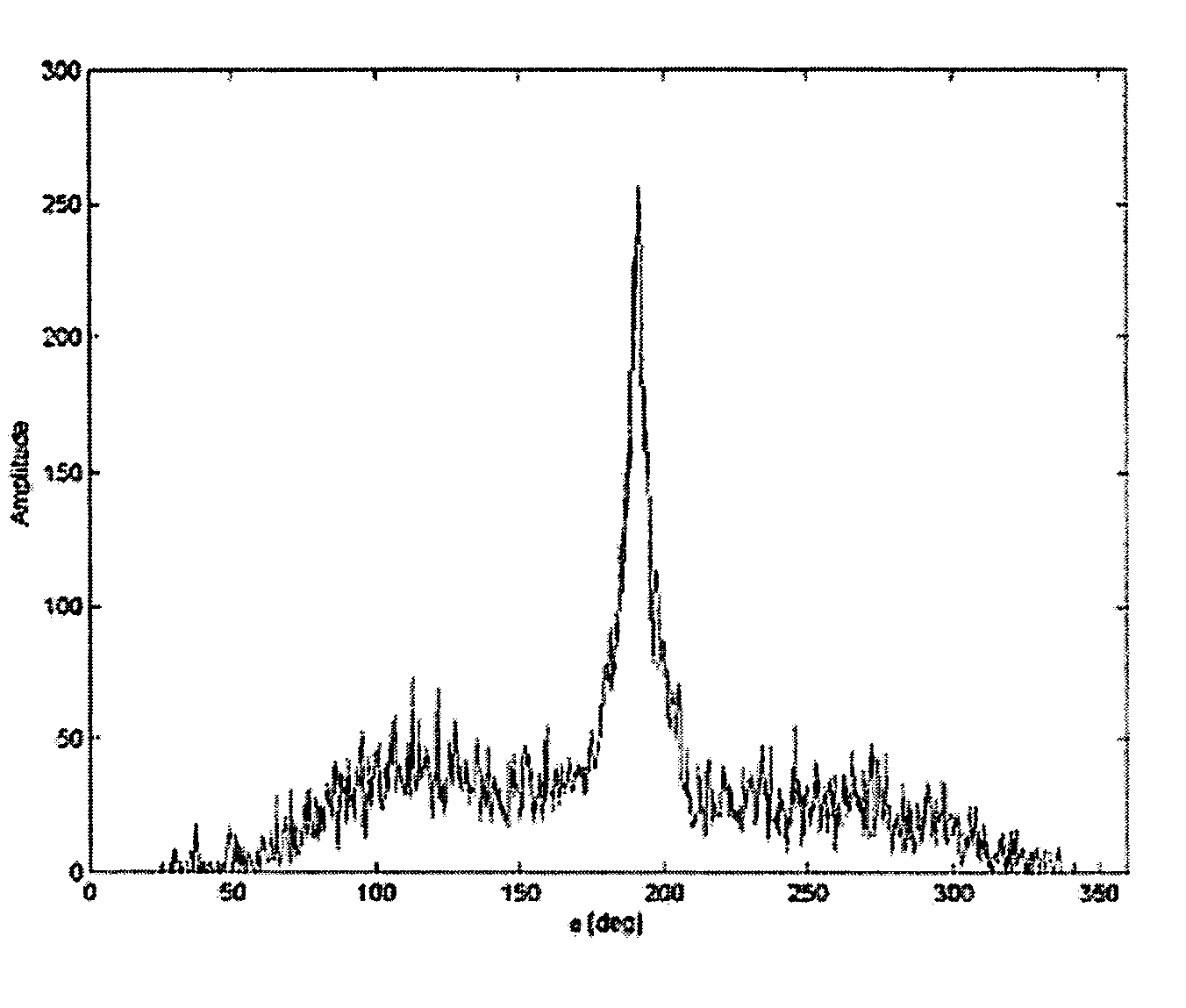Filtered back-projection algorithm for compton telescopes
a back-projection algorithm and compton telescope technology, applied in the field of gamma radiation imaging methods, can solve the problems of inability to find a filtered back-projection algorithm appropriate for compton cameras, image disappointment, and failure to achieve the effect of filtered back-projection algorithms
- Summary
- Abstract
- Description
- Claims
- Application Information
AI Technical Summary
Benefits of technology
Problems solved by technology
Method used
Image
Examples
Embodiment Construction
[0021] A filtered back-projection algorithm reconstructs the incident radiation flux from the data produced by a fixed Compton camera. The incident flux of radiation from various directions on the celestial sphere produces coincident interactions within the camera. Each such event is mapped by back-projection onto a circle on the celestial sphere (the intersection of the Compton scatter cone with the sphere). The accumulation of these back-projected circles onto the sphere produces a back-projected image. The incident flux distribution and the back-projected image are related by a convolution integral on the sphere. Because Fourier methods are not directly applicable on the sphere, past analytical inversions have relied on spherical harmonic techniques; however, stereographic projection from the sphere onto a 2-plane yields another convolution integral equation that is invertible by Fourier methods, thereby avoiding spherical harmonics and permitting direct analytic inversion in the...
PUM
 Login to View More
Login to View More Abstract
Description
Claims
Application Information
 Login to View More
Login to View More - R&D
- Intellectual Property
- Life Sciences
- Materials
- Tech Scout
- Unparalleled Data Quality
- Higher Quality Content
- 60% Fewer Hallucinations
Browse by: Latest US Patents, China's latest patents, Technical Efficacy Thesaurus, Application Domain, Technology Topic, Popular Technical Reports.
© 2025 PatSnap. All rights reserved.Legal|Privacy policy|Modern Slavery Act Transparency Statement|Sitemap|About US| Contact US: help@patsnap.com



